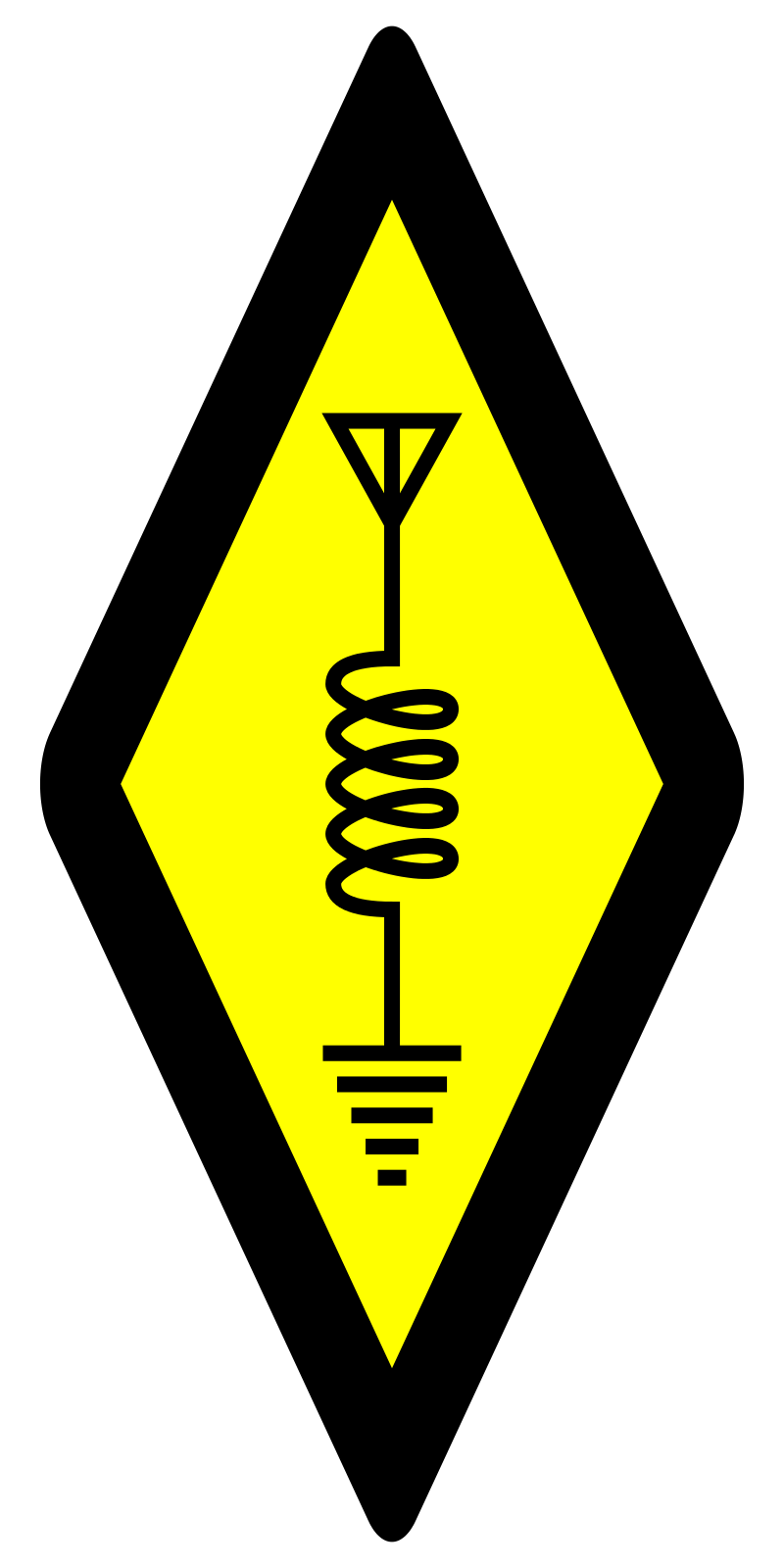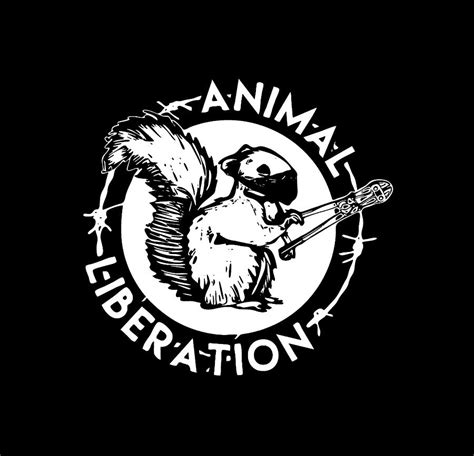Make yourself a calendar reminder now while your thinking about it
- 5 Posts
- 690 Comments
eVoLuTiOn is just a ThEoRy!
And here I thought it was just your mom
Congratulations, here’s your PhD
 1·2 days ago
1·2 days agoIt’s from a German university, could be their default translation. In Europe, I think the default adjective for a retired person is pensioner, regardless of whether or not they actually have a pension.

 1·2 days ago
1·2 days agohttps://m.youtube.com/watch?v=nE1GgG34-wM
They ate sharks and were ten feet long

 1·3 days ago
1·3 days agoHomemade soylent recipes
What big pedipalps you have, great aunt!
Release Wandas!
Mein hut, er hat drei ecken, drei ecken hat mein hut
A great big squash just sat upon my hat!
Maybe the hairless ape will throw a stick!

 2·6 days ago
2·6 days agoThey’re secretly dog people
We like your username

 4·8 days ago
4·8 days agoI’ve been trying to use organic maps more often

 1·14 days ago
1·14 days agoI’d say education disorder, not mental disorder

 1·22 days ago
1·22 days agoI’ve never enjoyed grilled pineapple myself, which is probably why I don’t like it on pizza either.






Perfect score?